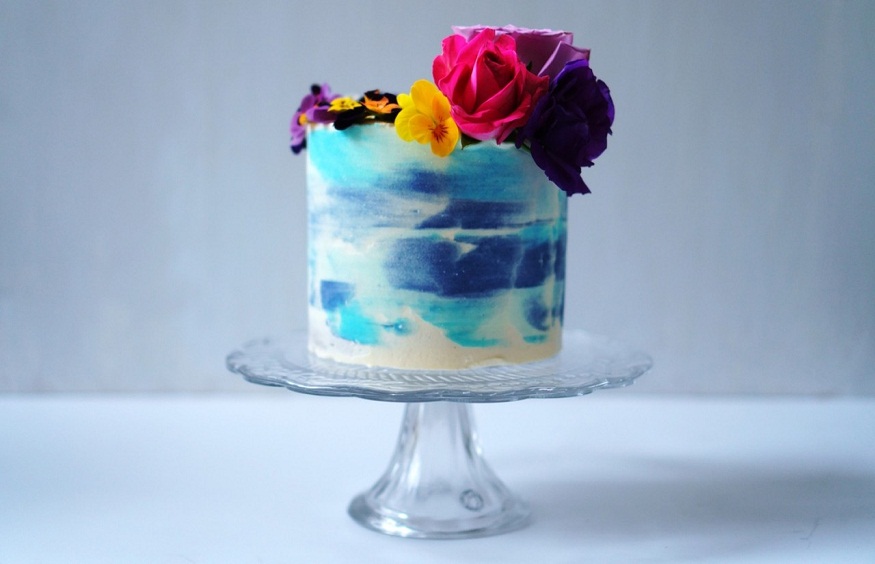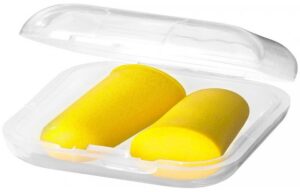
Decorating a cake involves passion, accuracy, and artistic ability. Whether you like baking or want to be a pastry chef, learning cake decorating skills can help your handmade delicacies to become magnificent masterpieces. The secret to releasing your potential is a well-stocked cake decorating set. From a beginner decorator to a competent confectionary artist, this thorough book will lead you through the key tools and methods, therefore enabling your development. With a reference to food packaging product wholesalers in the UAE, the article will briefly discuss the value of appropriate packing for safe and elegant delivery and examine how to employ different components of a cake decorating kit to produce professional-looking results.
Building Your Cake Decorating Kit: Foundation
The foundation of your path from amateur to professional is a superb cake decorating kit. Invest first in a complete kit including pipework bags, a range of nozzles (sometimes called tips), a turntable, offset spatulas, and fondant tools. Search for kits with a variety of nozzle sizes and shapes so you may create various textures and patterns. Don’t overlook a few basic supplies like a bench scraper, cake leveller, and set of food colouring gels. As you advance, you may like to include specific tools for fondant work—textured rolling pins or petal tips for floral creation. Remember, your expertise and imagination will really bring your cakes to life even if a well-stocked kit is vital.
Learning the Foundations: Buttercream Methods
Often the first medium cake designers learn to use is buttercream. First, hone your buttercream recipe; it should be creamy, silky, and hold form really well. To prevent air bubbles—which might compromise your piping flow—practice filling your piping bag properly. Start with basic methods employing circular, star-shaped nozzles including stars, rosettes, and shells. As you get more confident, work on more difficult designs like ruffles and basketweave patterns. Remember that consistency is key; too soft will cause your decorations to droop; too stiff will make pipework difficult. Temperature is also very important; so, for optimum results always use room-temperature buttercream.
Improving Your Skills: Using Fondant
With its smooth, glossy texture ideal for sophisticated patterns, fondant may elevate your cake designing. Learn first how to correctly roll out fondant to the appropriate thickness. To have perfect surface on your cakes, use the smoothing instruments in your cake decorating equipment. From basic circles to more difficult forms like squares or unique shapes, practice covering cakes of various kinds. Use embossers and fondant cutters to produce finely detailed textures. Try your hand at modelling beautiful sugarpaste flowers or fondent figurines as you improve. Remember, working with fondant requires patience; take your time to prevent covering from becoming wrinkled or teary-eyed.
The Craft of Piping: Creating Complex Designs
A vital ability for cake creation via cake decorating set, pipework lets you build everything from basic borders to intricate lace patterns. Beginning with simple lines and dots, work towards more intricate patterns like shells, scrolls, and rope borders. Before working on a cake’s curving sides, practise on a level platform. To get distinct results, experiment with many consistency levels of royal icing or buttercream. Challenge yourself with advanced methods such brush embroidery or stringwork as your abilities develop. For even lines, keep a constant pressure on your piping bag; don’t hesitate to use guides for complicated designs; they can be simply covered later with other embellishments.
Learning Colour: Methods for Harmonic and Vivid Designs
Cake decorating depends much on colour; it also sets the tone and improves the general design. Start by learning how to produce a broad spectrum of hues using gel food colours, which provide more strong and consistent colours than liquid substitutes. To get certain tones, practice colour mixing; try with ombré effects in both buttercream and fondant. Try your hand painting on fondant using food-safe colours diluted with either clear alcohol or extract. Investigate trendy touches include metallic coatings or watercolour treatments. Always examine your work under many light sources to guarantee the required impact is obtained as lighting might influence the colour appearance.
Modern Methods: Sugar Flowers and Figures
As you go on your path of cake decoration, you may like to investigate the making of sugar flowers and figures. Your cakes will go from lovely to amazing with these delicate, realistic decorations. Starting with basic flowers like daisies or roses, use veiners from your decorating box and petal cutters. Assemble multicoloured flowers and thin the petal edges. Start with simple forms for figures and progressively create more complicated characters. Your kit’s ball tools and cel sticks will enable you to add reasonable details. Remember that these sophisticated methods call for patience and experience; so, don’t let your initial efforts to be demoralising.
Debugging Typical Problems
Even seasoned decorators run into difficulties. Discover how to spot and correct common issues include melting embellishments, crumb-filled buttercream, and bulging fondent. Know how humidity and temperature impact various media, then modify your methods. Without restarting, practice fixing little rips or flaws in fondant. Keep a “decorating emergency kit” on hand with edible glue for rapid adjustments, additional fondant, a little steamer for smoothing, and tools. Recall that being a competent cake decorator depends on more than simply decorating methods; problem-solving abilities are equally vital.
Presentation and Packaging for a Safe Delivery
Making a gorgeous cake is just one aspect of the work; as vital is making sure it gets to its intended location attractingly and securely. For more stability, think about utilising cake boards somewhat bigger than your cake and invest in robust cake boxes with non-slip bottoms. Use appropriate support systems and, if at all feasible, move tiered cakes unassembled. The food packaging products wholesaler in uae provides a range of choices for elegant and safe delivery, including beautiful boxes for visual appeal and insulated containers for temperature management. Choose packaging that not only preserves your work but also improves its appearance, therefore transforming the unwrapping into part of the experience.
Conclusion
As you go from novice to professional, keep in mind that cake decoration is an always changing artistic medium. Remain inquisitive and receptive to picking up fresh approaches. Attend seminars, follow cake artists on social media, and not hesitate to play around with your own ideas. Practice, patience, and the correct tools from your cake decorating kit can help you to produce professional-level cakes that not only look great but also represent your own style and imagination. Accept the path, honour your development, and most importantly, savour the delicious benefits of your acquired abilities.








